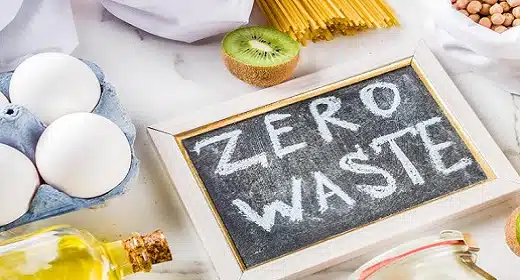by Ocean Robbins: The modern industrialized world is practically drowning in waste. We’re turning natural resources into products and packaging, and then when we’re done with them, we’re turning them into waste that pollutes our rivers, our soil, our air, and our oceans…
We are proud to announce a new partnership with John and Ocean Robbins and the Food Revolution to bring our readers Summits, Seminars and Masterclasses on health, nutrition and Earth-Conscious living.
Sign Up Today For the Healthy Brain Masterclass
The quantities are hard to fathom. The world goes through around nine billion tons of single-use plastic every year. In the time it takes you to read this sentence, humans are discarding over a hundred thousand plastic bottles.
Scientists have found microplastics in the Mariana Trench (the deepest location on Earth), around the peak of Mount Everest, and in baby poop. And in May of 2022 researchers in the Netherlands found that most humans have plastic in their blood, too. Microplastics act as endocrine disruptors and carcinogens for humans and other animals.
All this waste is bad for our environment, it’s bad for our health, and it’s also costing us money.
Fortunately, many people are starting to wake up to the costs of our throwaway society. The Zero Waste Movement, which reached public awareness with the first Earth Day in 1970 and has been gaining momentum ever since, has popularized the slogan, “Reduce, Reuse, Recycle.” More and more people are discovering that reducing waste through various strategies is good for the planet, our health, our wallets, and our quality of life.
Living a Zero Waste Lifestyle
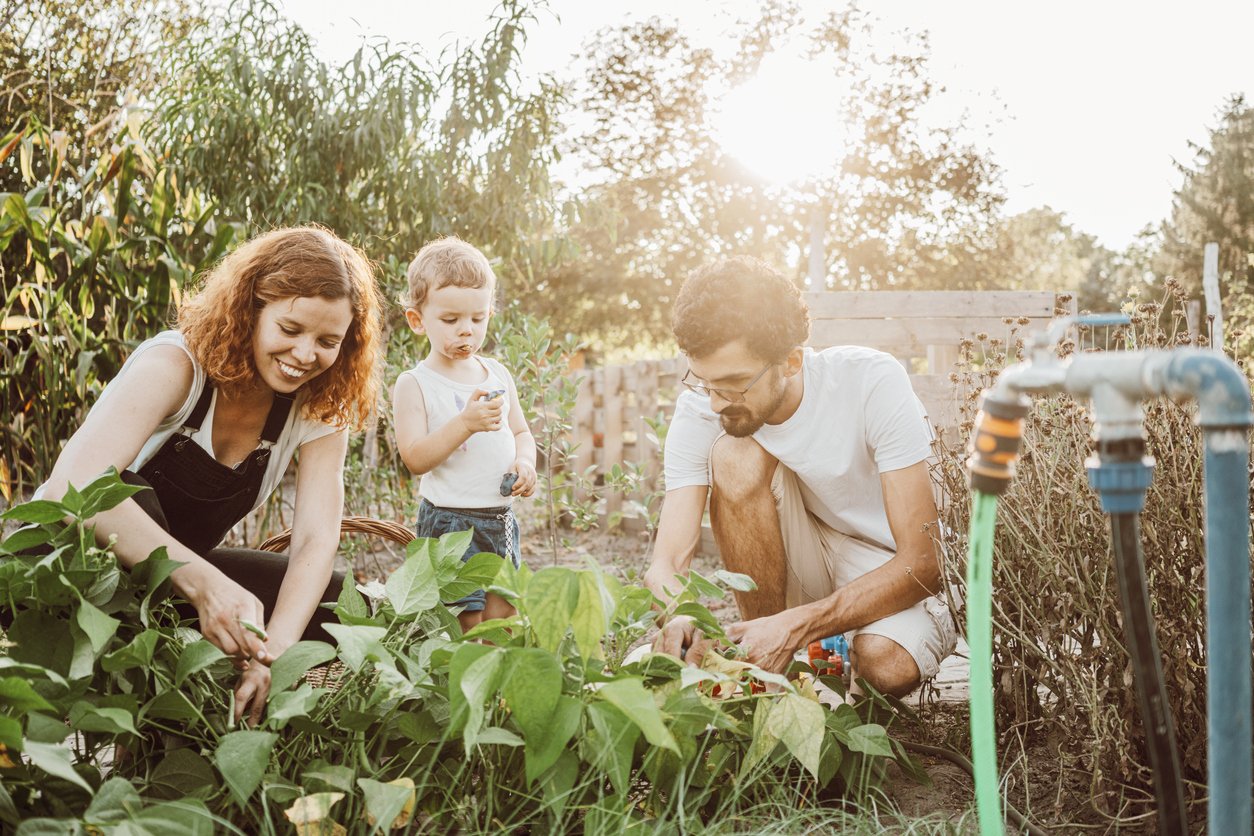
There are a lot of different ways to live a zero (or low) waste lifestyle. For our ancestors, throughout most of human history, it was just called “living.” Before the industrial revolution, the idea of throwing anything away that could be used again would have been unthinkable.
Even in the modern world, many people live simply, whether voluntarily or out of necessity, and produce very little waste.
For example, I was born in a one-room log cabin in the middle of the woods on Salt Spring Island in British Columbia, Canada. My family lived on less than $1,000/year at the time. We grew most of our own food. (To be honest, it was really my mom and dad who did the growing, though I’d like to think I was helpful by pulling out the occasional weed and making sure none of the berries ever went to waste!) Everything we couldn’t grow was purchased in bulk. My parents ground grain by hand, sprouted legumes and seeds in mason jars, and ate vegetables from the garden. We had only a few sets of clothes each — which my mom washed by hand in the kitchen sink. There was no garbage pickup, we had a serious compost pile, and we produced almost no waste.
My family’s lifestyle on Salt Spring Island was rich in love, and in health. But it was also pretty Spartan, at least by modern standards. And it took a lot of time and energy just to handle the necessities of daily living.
If you want to live a zero or low waste lifestyle, the most economical and straightforward approach is to spend less and consume less. As the old saying goes, “Use it up… Wear it out… Make it do… Or do without.”
But what about those of us living in the modern world who want to enjoy modern conveniences and live full and busy lives? Can we create a zero waste kitchen, too?
Yes, we can!
Going Zero Waste
In this article, we’ll look at ways to bring zero waste strategies into your home: from planning and prep to cooking and storing food; from buying fewer appliances to minimizing packaging waste. Bonus: Some of these tips can save you a lot of money, too.
You will notice a bit of a contradiction in this article, in that while promoting a zero waste lifestyle, we are providing links to a variety of products and resources that can help. Many of these cost money and use resources, themselves. The intent, in each case, is to share things you can buy once, and then use to cut down on waste for a long, long time. But keep in mind that you might not need any of these things — and that there are many ways to reduce waste, some of which don’t cost a dime.
Ways to Have a Zero Waste Kitchen
In addition to reducing, reusing, and recycling, we can also rethink and redesign the processes and systems we use to get food from the earth into our mouths. What follows isn’t a comprehensive list, but a sampling of various strategies on the zero waste kitchen hierarchy. Some may be easy for you, while others might be challenging, or even out of reach entirely. But any steps you can take to move in the direction of less waste will make a difference for the world that we inhabit and that future generations will inherit.
1. Avoiding Single Use Kitchen Items
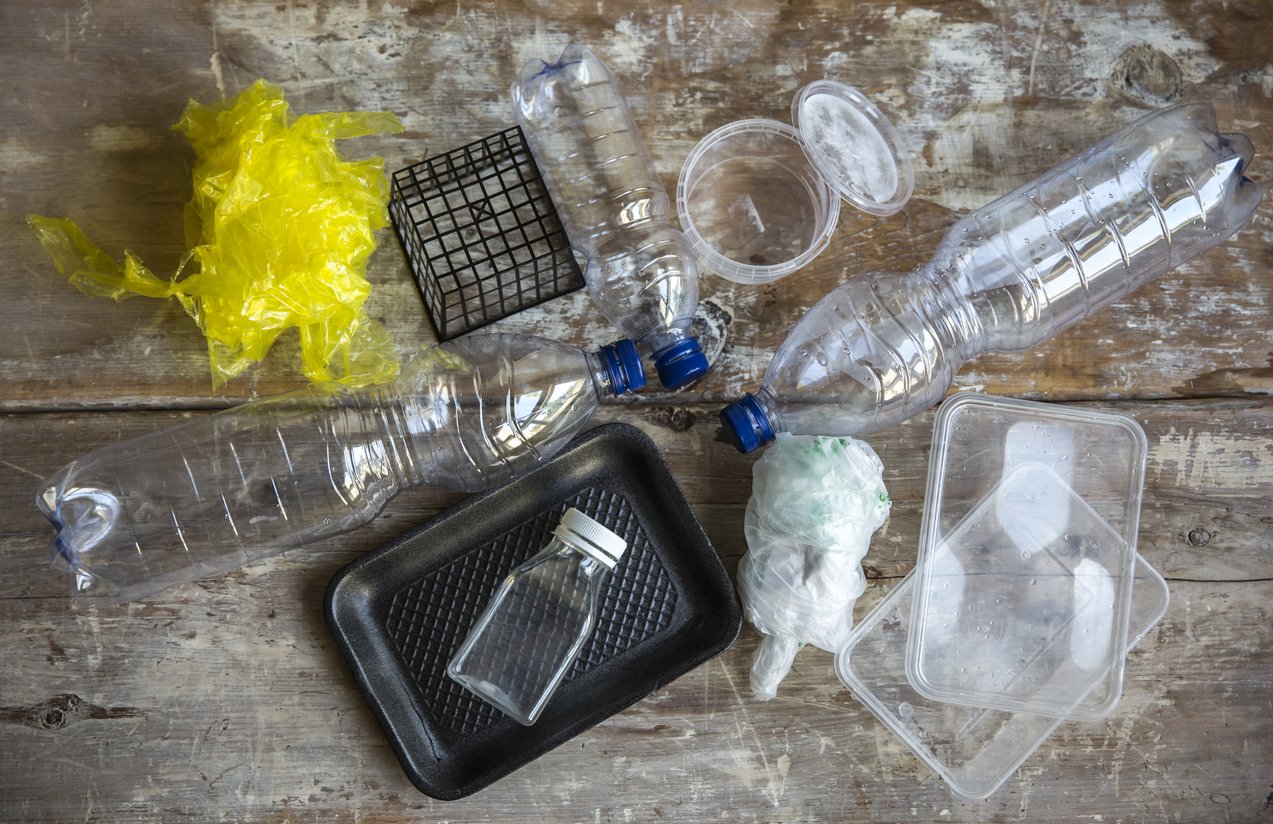
It’s almost impossible to make a trip to the supermarket without returning with items protected by single-use packaging, usually made of plastic. Many foods come individually packaged for convenience. Think of single-serving plastic packs with foil pull-up lids — yogurt and applesauce come to my mind — or individually wrapped snack bars and cracker packets.
Buying in bulk can save some plastic from the landfill. A system for keeping things fresh, such as storing food items in reusable airtight containers (like these) or keeping them refrigerated or frozen, can help build that habit.
You can also look for food items that don’t come wrapped in plastic. Most produce, for example, is naturally free of plastic packaging, especially if you shop at a co-op or buy directly from a farmers market or CSA.
Don’t be fooled by the recycling labels on plastic containers. Very little plastic is actually recycled. And since petroleum-based plastic isn’t biodegradable, that plastic bag or clamshell is going to sit in a landfill and break down into microplastic particles that can leach into our soil and water. Sooner or later, these microplastics will find their way into our food supply, and into our bodies.
You can further cut down on plastic packaging in the kitchen by using reusable shopping bags and cloth or silicone produce bags.
Reducing Single Use Coffee and Tea Waste
The supermarket isn’t the only place you can take action to reduce your dependence on single-use plastics. Rather than getting a plastic or styrofoam cup of coffee or tea to go from a coffee shop, you can make tea and coffee at home in mugs that are reusable/washable. Or look for a coffee shop that will allow you to bring in a reusable ceramic or stainless steel mug.
While we’re talking about hot beverages, here are four other strategies to cut down on coffee or tea waste:
- Use a reusable (stainless steel or cloth) or compostable coffee filter.
- If you have a garden (or your neighbor does), repurpose used coffee grounds as compost or mulch.
- Avoid K-cup type machines that use coffee pods, which are single-use and very wasteful.
- Buy loose-leaf tea rather than tea bags, which may contain plastic — tea leaves are compostable, and metal tea balls and holders are reusable.
Beyond the packaging, you can also prevent waste by enjoying your meals with reusable plates, cutlery, drinkware, and napkins, both at home and when you go out. I travel, even locally, with a set of silicone or stainless steel containers, and bamboo or metal utensils — just in case the opportunity for some tasty plant-based food on-the-go arises!
2. Having a Resource & Energy Efficient Kitchen
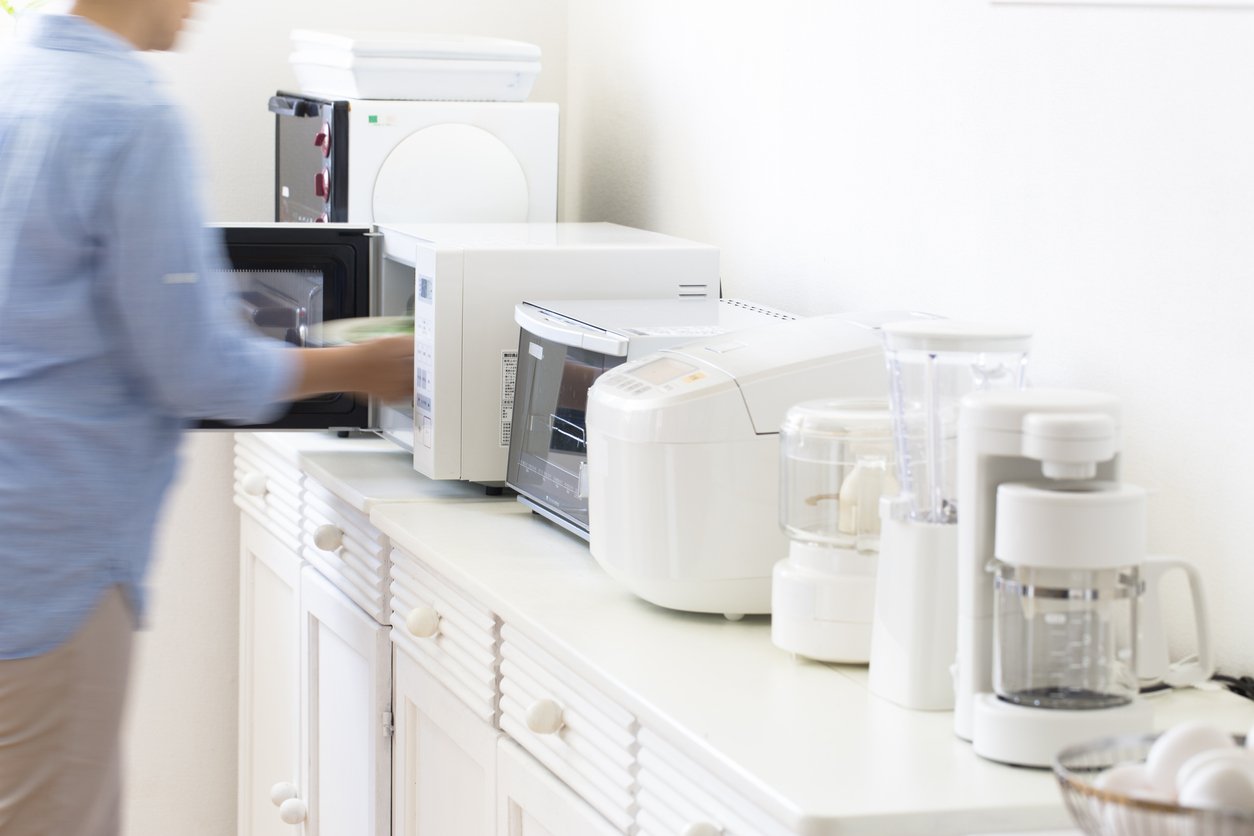
You can conserve resources, including manufacturing materials, energy, and water by finding ways to use less. Many different small kitchen appliances out there do just one thing: heat hot dogs, make quesadillas, open cans, and so on. Consider multifunction machines to reduce the number of appliances cluttering up your kitchen — you’ll produce less electronic waste (“e-waste”) and save valuable counter and cabinet space.
Many appliances draw electric current from your wall outlet whenever they’re plugged in. To save energy and lower your electric bill, unplug them when not in use.
Speaking of energy savings, if you’re remodeling your kitchen or upgrading a dying or dead appliance, look for energy-efficient models. Stoves, ranges, refrigerators, and dishwashers have all come a long way in terms of energy efficiency, and a smart upgrade may even pay for itself in a few years.
Surprisingly, using a dishwasher may be more efficient and environmentally friendly than handwashing, thanks to modern, energy-efficient appliances. One study found that handwashing dishes used twice the water of a machine. The trick in keeping dishwasher energy costs down is to skip the pre-rinse and heated dry cycles.
If you do handwash, there are ways to reduce water and energy waste there as well. Don’t let the dirty dishes sit around with the food getting stuck; wash or at least soak them right away. Turn off the faucet between items. And look for ways to reuse water; after cleaning a blender container with hot, soapy water, for example, pour it into a pot or casserole dish that needs cleaning. That way, you run water only for filling up your tub or sink, and for rinsing. However you clean your dishes, look for a zero waste/natural soap or dishwasher detergent.
One big energy hog, as well as an environmental and personal health downer, is cooking with gas. If you can switch from a gas to an electric stove or range, you’ll reduce energy usage and keep methane out of the atmosphere (and your family’s lungs). And consider an induction range, too! According to Consumer Reports, “An induction stove is 5 to 10 percent more efficient than conventional electric stoves and about three times more efficient than gas stoves. And unlike the case with gas, it’s better for indoor air quality. What’s more, they are sleek. They’re precise. And they can boil water in about half the time of a conventional stove.”
3. Considering Long-Lasting Kitchen Tools
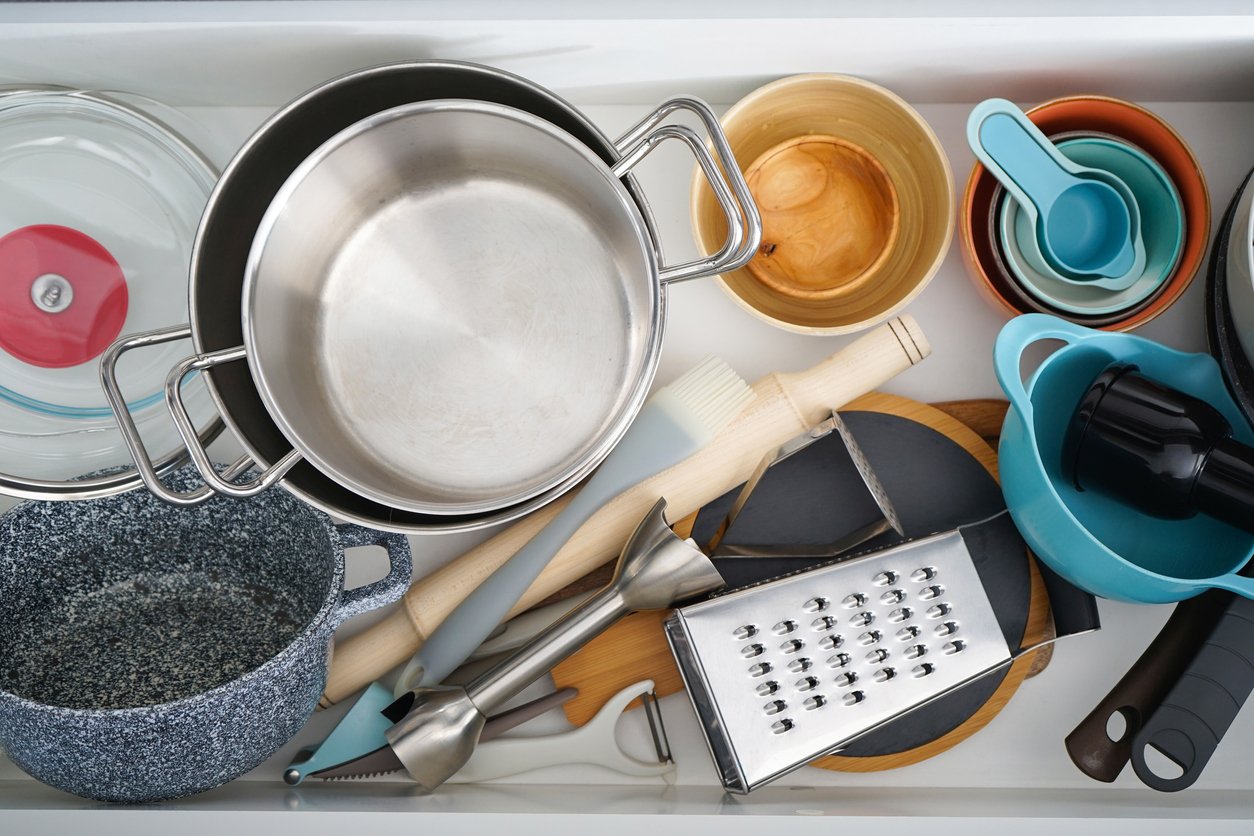
Many appliances and kitchen tools can last a long time if they’re properly maintained. You can buy them used at thrift stores or get them for free in “buy nothing” groups, thus keeping them out of landfills. Given that self-storage is close to a $50 billion per year industry, worldwide, consider that family, friends, and neighbors may be delighted to lend or gift you their second or third toaster, stock pot, or oven pan.
(The Freecycle network convenes more than 10 million members in 5,000 towns around the world. Members share free used goods, some of them quite valuable, with one another.)
If you do buy new kitchen tools, look for higher quality items, especially those backed by a lifetime warranty. One place where this makes a lot of sense is cookware, with the healthiest pots and pans lasting much longer than cheap knockoffs.
One rule of thumb for kitchen tools is to choose those made of wood or stainless steel, rather than plastic.
4. Eating Low on the Food Chain
You can get your calories by eating animals, which, of course, get their calories from plants, or you can skip the middle-cow (or middle-pig, or middle-chicken) and get your calories (as well as a plethora of nutrients) directly from plant sources. Eating plants first rather than cycling their nutrients and consuming them through meat saves resources and reduces your food-related carbon footprint.
Choosing plants over animals has more positive impacts than simple caloric efficiency. Industrialized meat and dairy products are responsible for a huge amount of greenhouse gas emissions. And factory farming is responsible for catastrophic water waste and soil erosion as well.
Another way to source food with less waste is to choose local ingredients and produce whenever possible. Not only does this cut out many of the resources used to transport food from far away, but it also provides you with fresher food that will last longer in your kitchen.
Of course, the most local you can get is from your own garden. Growing your own veggies and harvesting just what you need is close to the ultimate in efficiency and waste reduction.
5. Optimizing the Meal Creation and Storage Process
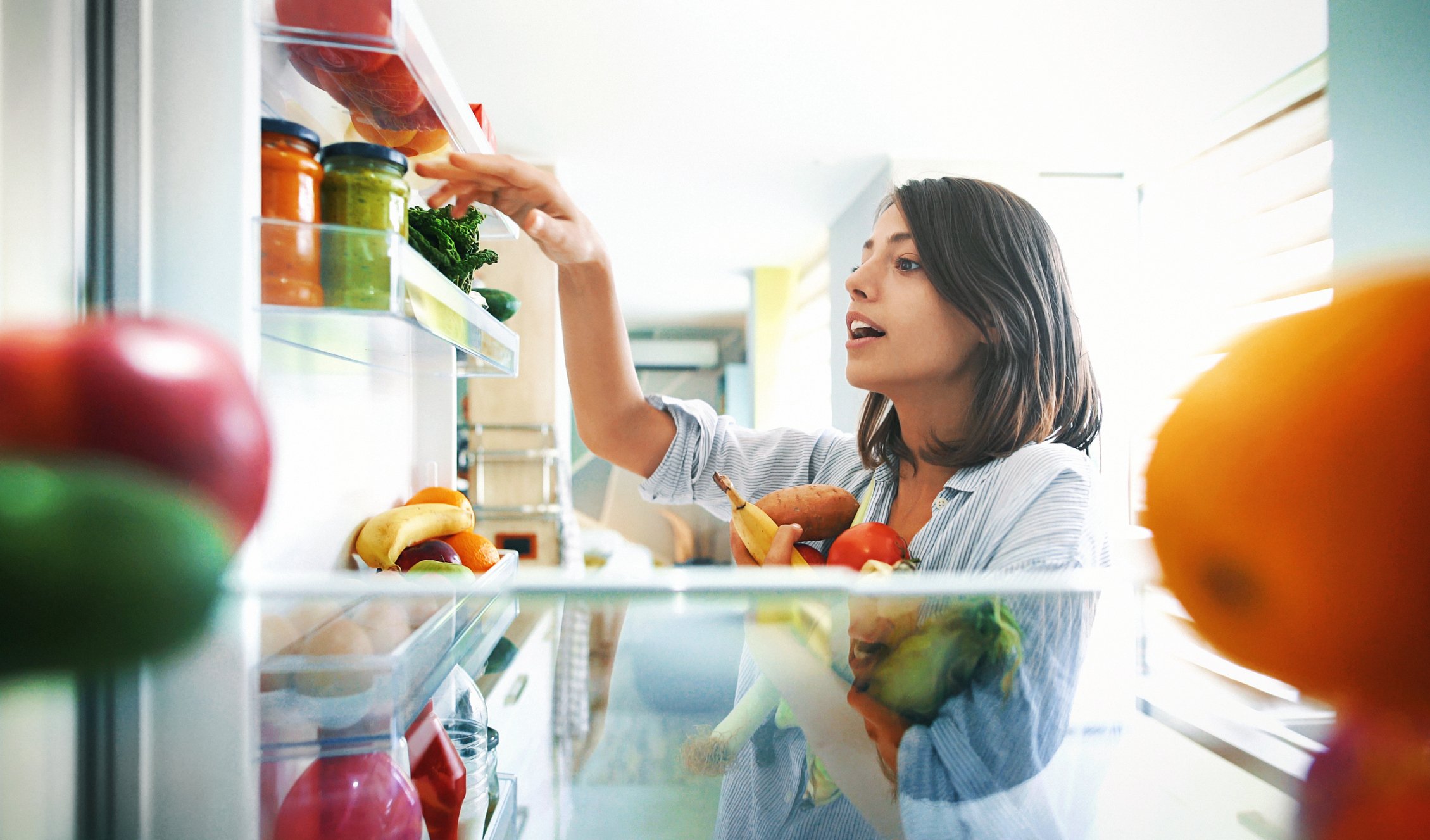
Home kitchens are one of the main places where waste occurs, from packaging to the food itself. Many people buy more food than they need and end up throwing a lot of it out. You can reduce or eliminate this waste through thoughtful planning and good produce storage practices.
Be aware of the packaging and containers your food comes in. Aseptic containers and cartons, long used as packaging for milk and other dairy products, have been gaining popularity as replacements for plastic bottles and tin cans (which are made mostly of aluminum, not tin). But these paper containers still take a lot of energy and materials (including paper, polyethylene plastic, and aluminum foil) to produce, and can’t be recycled everywhere. You can avoid buying them by making your own plant milks at home.
To reduce food waste, plan your meals before grocery shopping and buy only what you need. Use up fresh produce before reaching for canned, dried, or frozen goods. If you know you’ll be too tired by dinnertime to prep veggies for a stew, cut them up ahead of time and store them where you can find them easily in your refrigerator.
Speaking of refrigerators, they can serve as great environments to keep produce fresh — or become fruit and veggie graveyards full of slimy, barely recognizable bags of gloop, depending on how you store the stuff.
Here are three powerful tips for keeping produce fresh, courtesy of Nichole Dandrea-Russert, MS, RDN, FRN’s Dietitian & Recipe Developer:
1. Don’t store fruits and vegetables together. Fruits can emit a gas called ethylene that can prematurely ripen or spoil vegetables around them.
2. Extend the shelf life of herbs and some veggies, like celery and asparagus, by storing them in a jar of water.
3. Wash leafy greens when you get them home, allow them to dry as much as possible, and store them with paper, or better yet cloth, towels (to absorb any excess moisture) in a bag or container before placing them in your crisper drawer.
Other Ways to Reduce Food Waste in the Kitchen
To become a high-level leftover user-upper, practice the FIFO rule. Having nothing to do with the soccer world cup, FIFO stands for First In, First Out, meaning that the foods that have been in your fridge the longest get used up first. If you push a leftover dish toward the back of the refrigerator every time you add a new food item, however, your default system will look more like FILO, or First In, Last Out, also known as a recipe for lots of rotting food. You can combat this tendency by consciously moving things around so the food that’s close to giving up the ghost is front and center. If you live in an especially busy kitchen, you can even label your foods with dates.
You can also give food scraps a second life by incorporating them into meals. For example, carrot and onion peels and celery ends can flavor homemade vegetable stock. Pulp from nut milks can go into baked goods.
And you can also use water or broth from steaming or sautéing as ingredients in your homemade sauces or marinades. That way the flavors and nutrients from the steamed or sautéed veggies will contribute to the goodness of your sauces.
If you’ve got some food that you know you aren’t going to get to right away, you may be able to extend its life by freezing it. While human cryogenics is still years away from preserving our bodies until science has figured out how to cure all diseases, you can help minestrone soup or broccoli potato casserole time travel to next month, when you’ve got room in your belly for it.
6. Reusing and Recycling What You Can
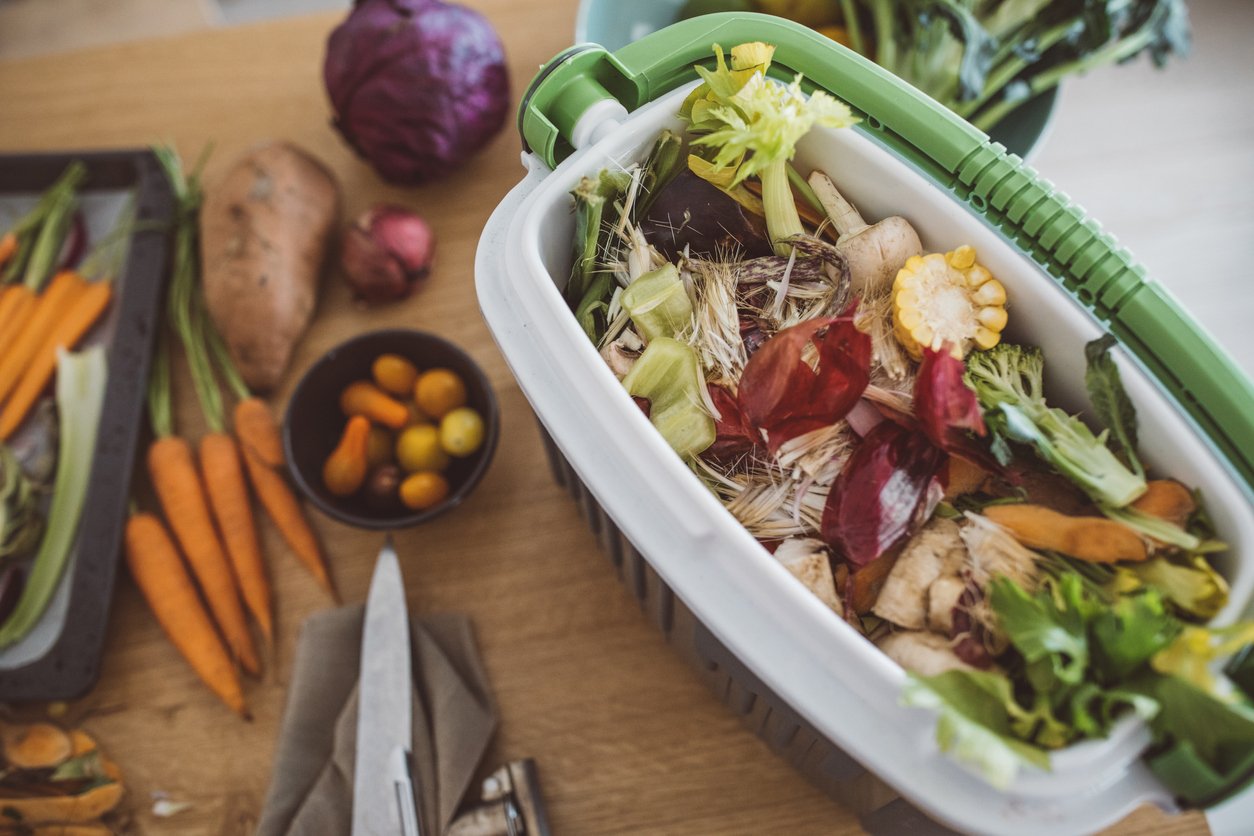
While not creating waste in the first place is the optimal strategy, in our world, it’s often difficult to avoid packaging. You can keep as much of that as possible out of the landfill by opting for reusable packaging whenever possible and by choosing items that come in recyclable packaging, including glass, aluminum, and cardboard — and then actually recycling them!
Better than recycling is reusing — for example, you can repurpose empty glass jars and bottles to store food. And, on a related note, you can give food scraps new life by adding them to a compost pile, thus producing soil that can nourish the next generation of produce.
Another way to keep food out of landfills is to donate unwanted food items to a food pantry or neighbor. Ample Harvest links backyard gardeners with local food banks, so that an overabundance of zucchini or apples need never go to waste again.







